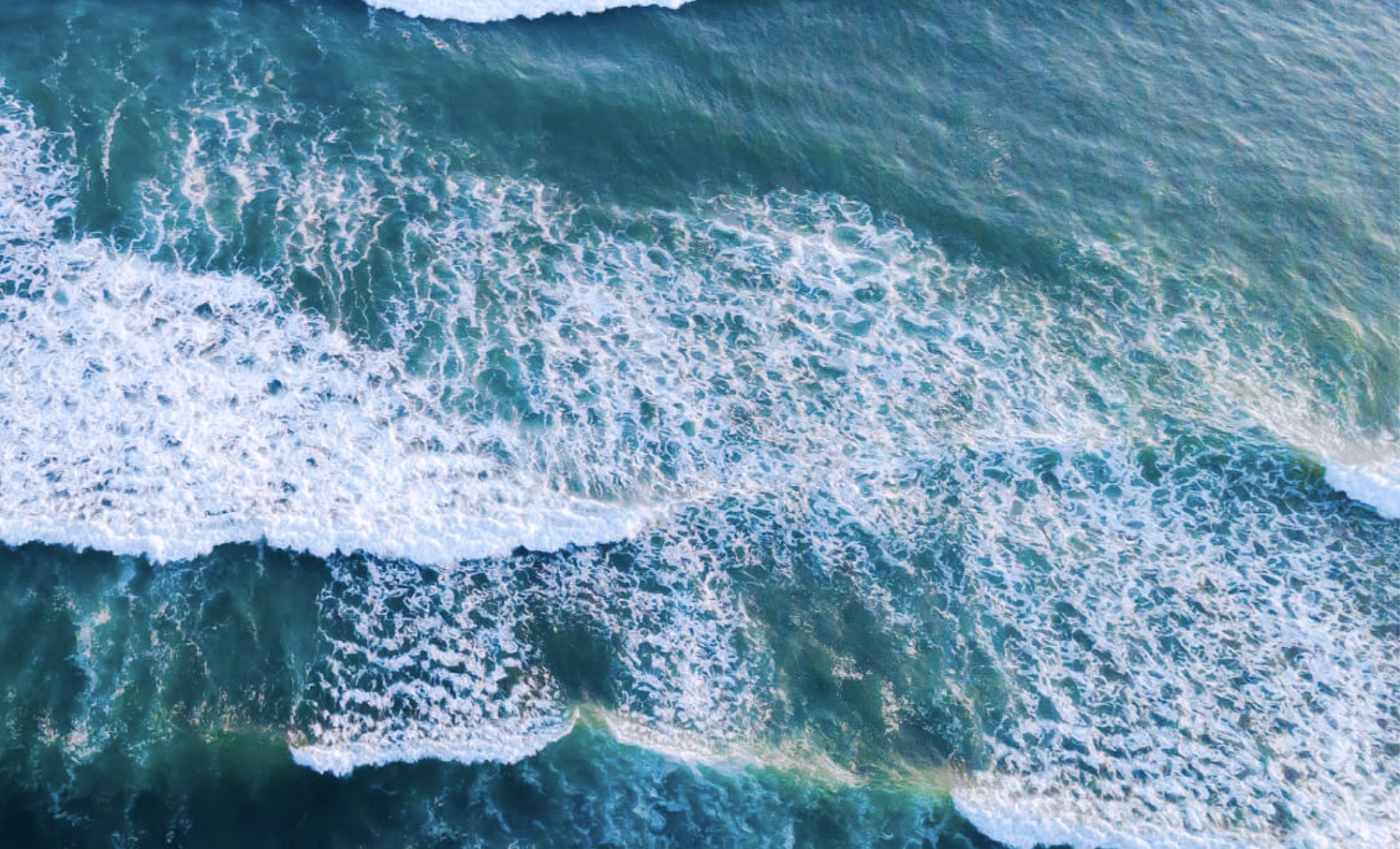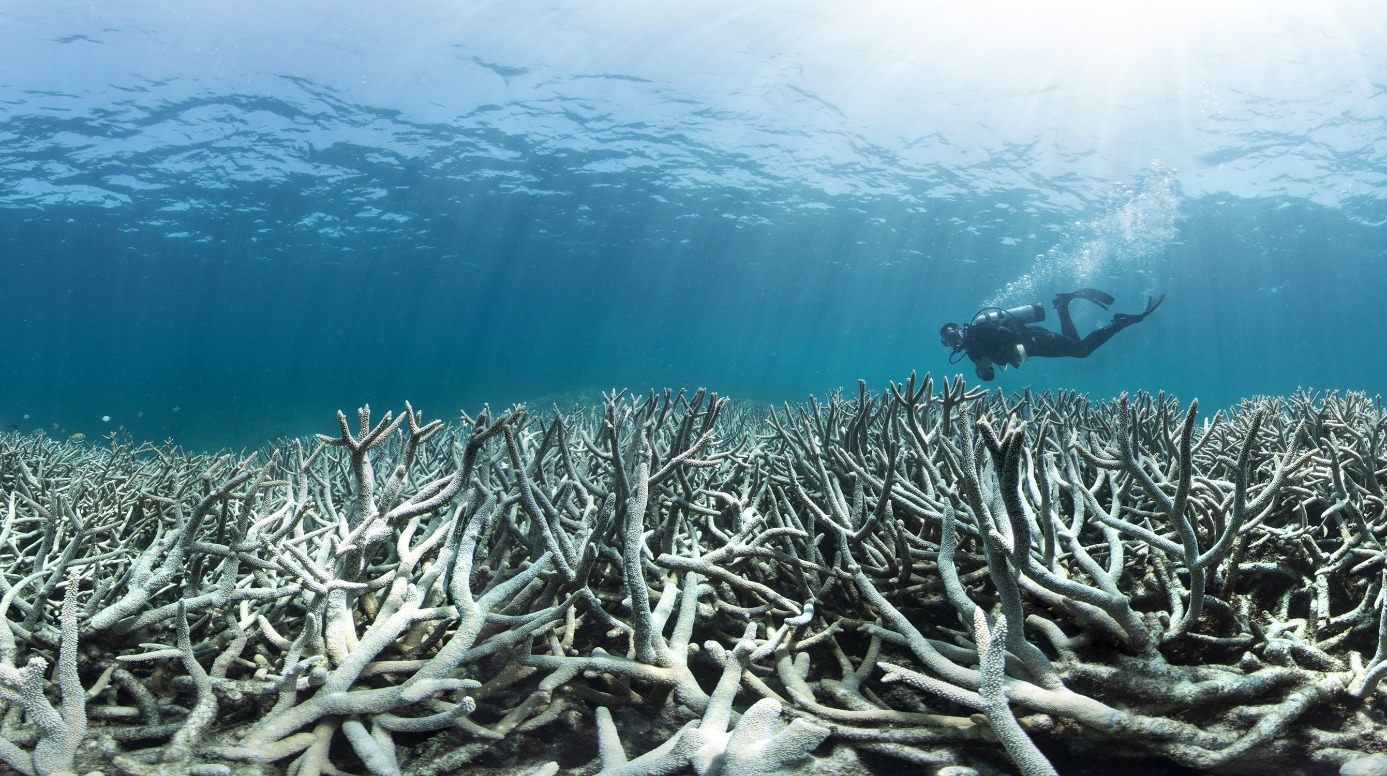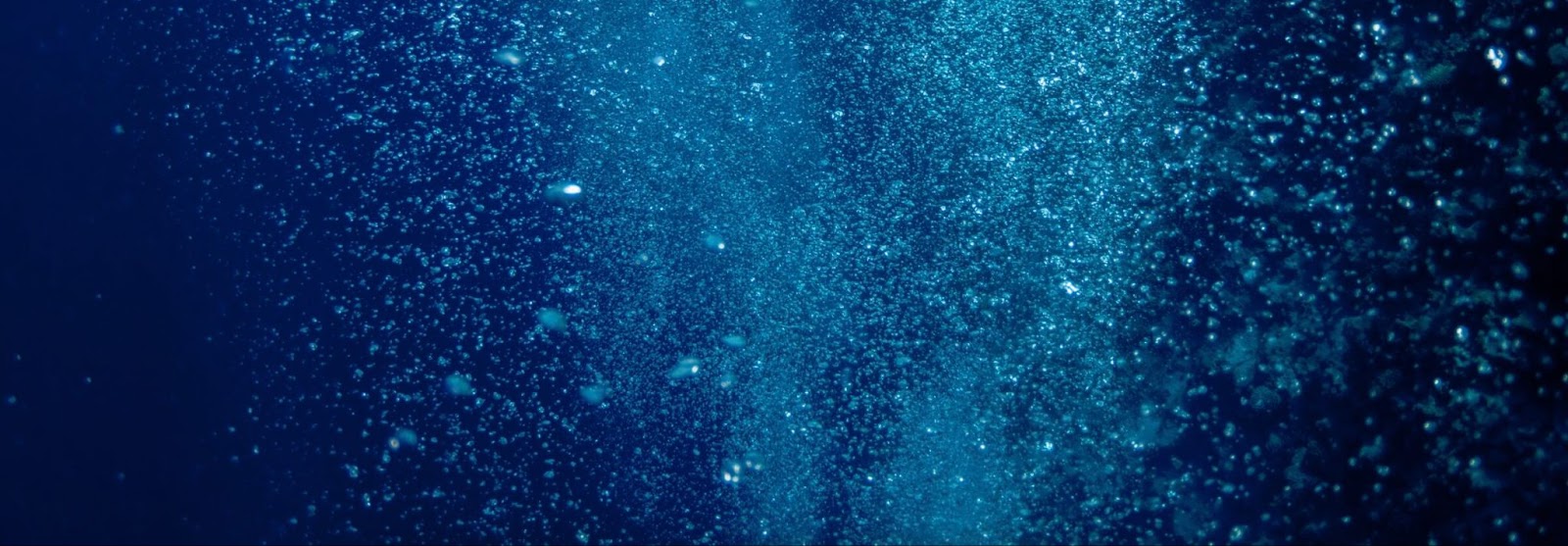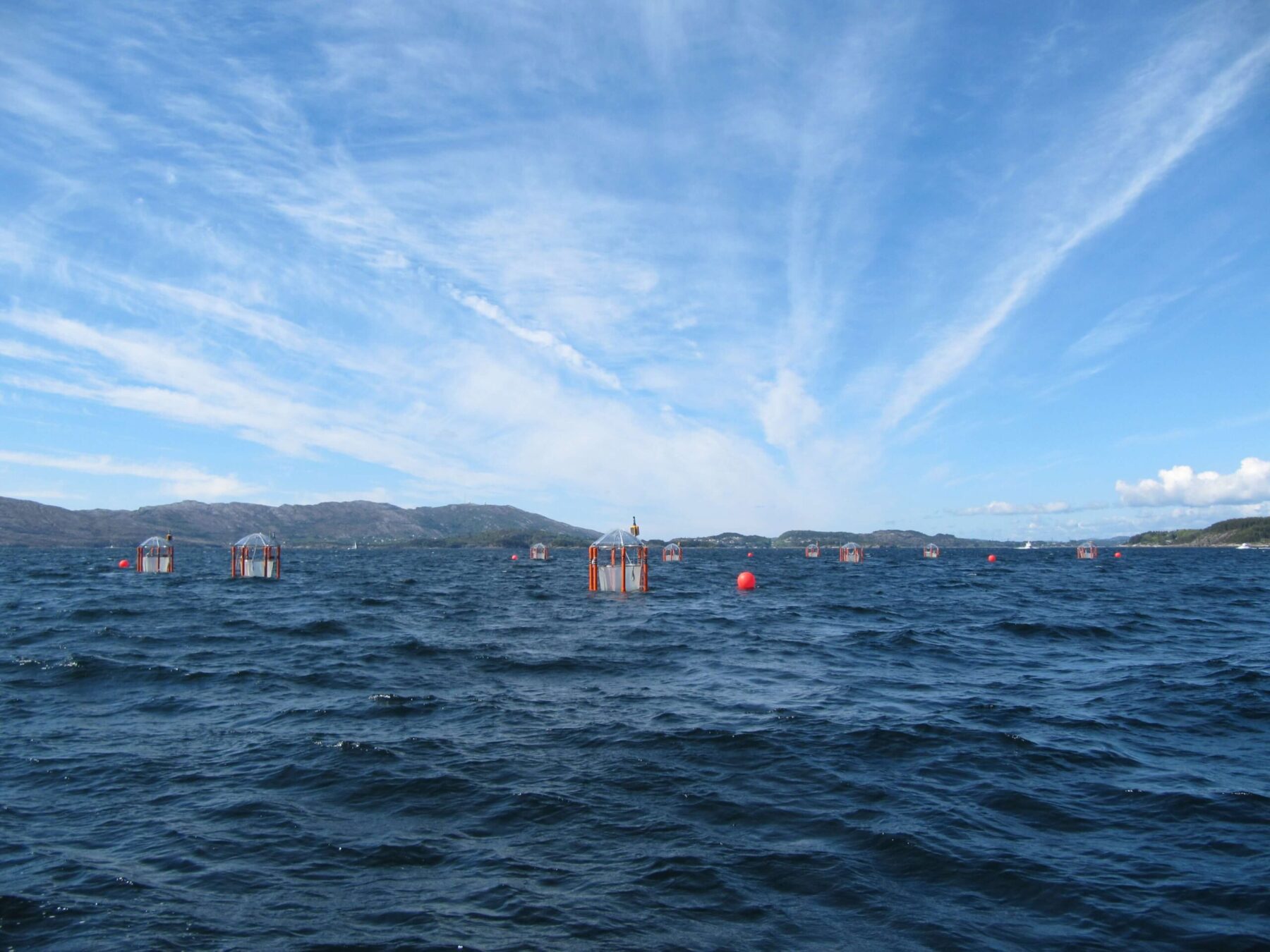Seawater is one of the earth’s best weapons against carbon dioxide – as long as we don’t ask it to do too much. According to the National Oceanic and Atmospheric Administration, the ocean naturally absorbs about 30% of the carbon dioxide released in the atmosphere. Still, that percentage will rise due to pollution and deforestation. As the ocean absorbs more CO2, chemical reactions contribute to potential problems for the marine ecosystem.
To help avert those problems – and to better harness the ocean’s ability to carbon capture – a group of scientists, engineers, and market shapers recently launched the non-profit Carbon to Sea Initiative.

Photo Courtesy Carbon to Sea Initiative
The organization aims to accelerate research into ocean alkalinity enhancement (OAE), which removes carbon by adding alkaline substances to seawater. OAE could be” among the most effective and scalable carbon dioxide removal (CDR) approaches,” according to a June 7 press release.
Even though it only launched in June, Carbon to Sea is already the world’s biggest program dedicated to advancing OAE. Its work will involve assessing a dozen potential OAE pathways and addressing “critical scientific and engineering” questions surrounding the process, the Carbon Herald reported.
Carbon to Sea also plans to promote local field research sites, help develop ethical regulatory frameworks, and attract additional scientists and funding to advance the field.
As of early June, it had raised more than $50 million from philanthropic funders, including Additional Ventures, Astera, the Builders Initiative, Catalyst for Impact, the Chan Zuckerberg Initiative, the Grantham Foundation, the Kissick Family Foundation, OceanKind, and Thistledown Foundation.
The organization has committed at least $23 million in grant funding to a diverse group of researchers with expertise in marine biogeochemistry and engineering fields. Much of the money will go toward analyzing OAE’s potential to provide “large-scale, secure, and economical” CDR solutions. These efforts will mainly focus on determining the most suitable methods for achieving those goals while also protecting the environment.

Photo Courtesy The Grantham Foundation
Carbon to Sea was created by Additional Ventures, a nonprofit comprised of multiple entities that make grants and/or investments in projects that “shape a healthier, more equitable world.” Additional Ventures’ co-founder, Mike Schroepfer, is Carbon to Sea’s board chairman.
Carbon to Sea will focus on ensuring that the ocean’s ability to absorb carbon is harnessed in the right way. As the organization noted on its website, the ocean already contains 50 times more carbon than the atmosphere and permanently locks away more than a gigaton of atmospheric CO2 every year via a natural process called “weathering.”
Weathering occurs when alkaline rock washes into the sea and neutralizes harmful acid. This process enables the ocean to pull more CO2 from the air and safely store it. Research shows that OAE could “dramatically accelerate” the process while also counteracting ocean acidification.

Photo Courtesy Additional Ventures
“If we’re going to avoid the worst impacts of climate change, we need to aggressively reduce emissions and remove carbon from the atmosphere,” Schroepfer said in a press release. “Scientists agree that OAE has enormous potential to permanently remove and store carbon, and more funding for research is needed. We are here to respond to the call for research funding and answer basic scientific questions about the safety and efficacy of various approaches to OAE.”
Carbon to Sea has funded four major research projects to determine whether – and how – OAE can effectively, safely, and permanently sequester atmospheric CO2. It also has funded five proposals to build prototype solutions to safely deliver alkalinity and monitor and verify OAE’s effects.
“The math is relatively simple: We need to pair emissions reduction with environmentally responsible CDR solutions,” said Carbon to Sea Executive Director Antonius Gagern. “My interest in OAE is rooted in a deep love of the ocean, a recognition that climate change is a catastrophe for marine ecosystems, and the belief that our ocean can be a part of the solution.”





